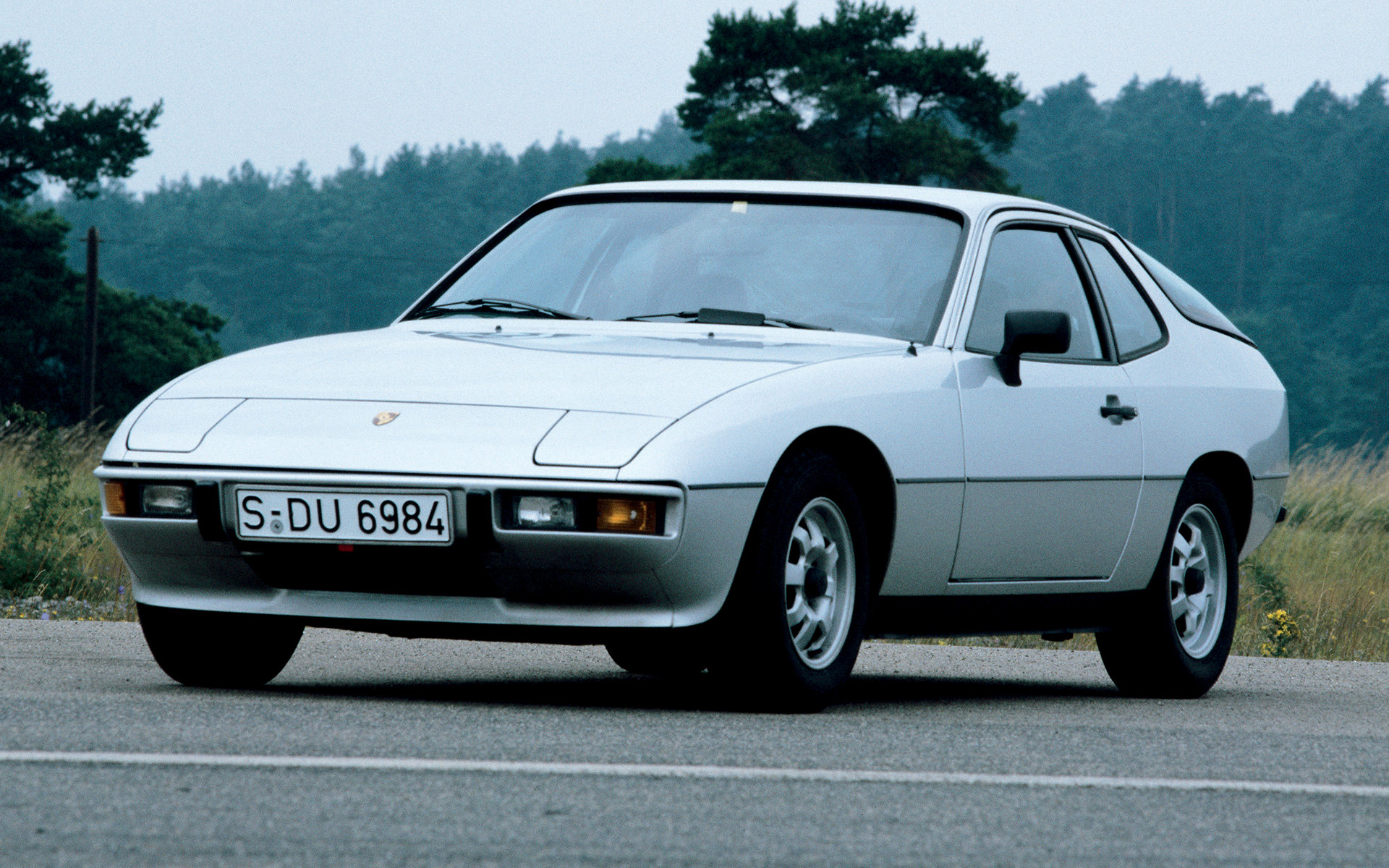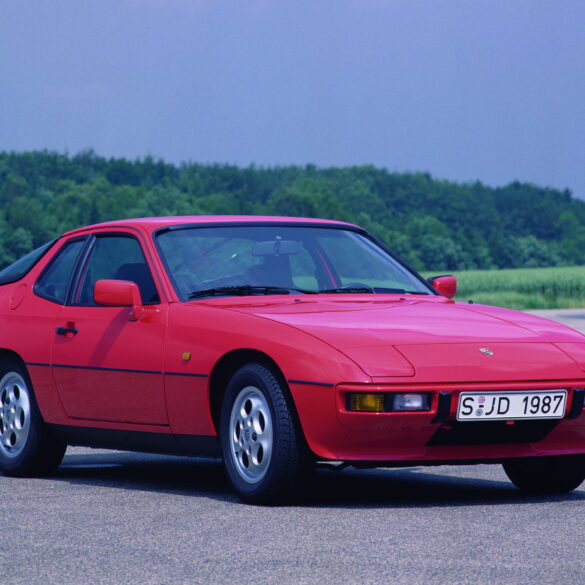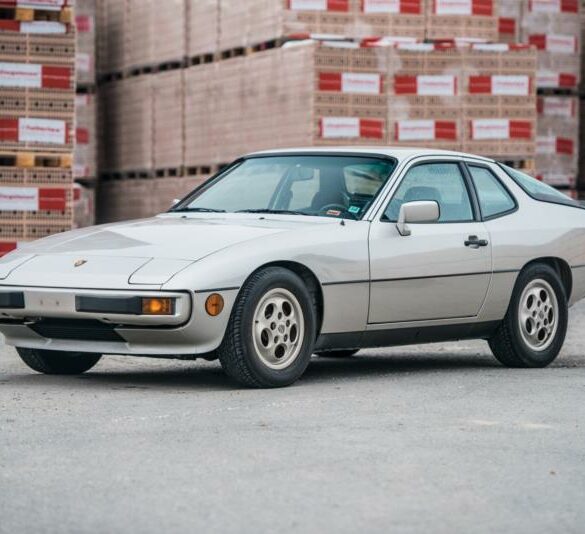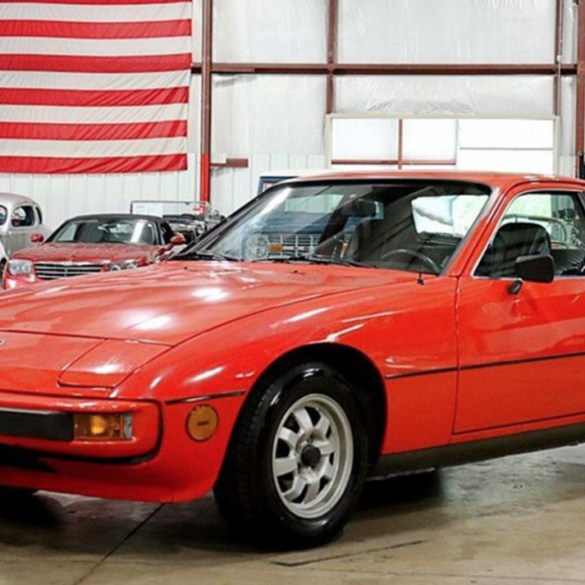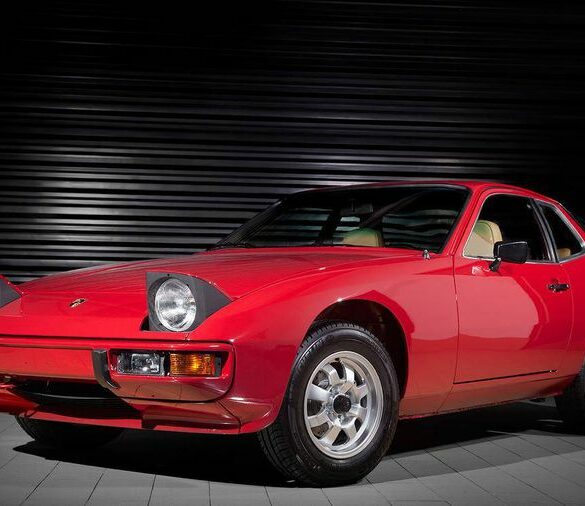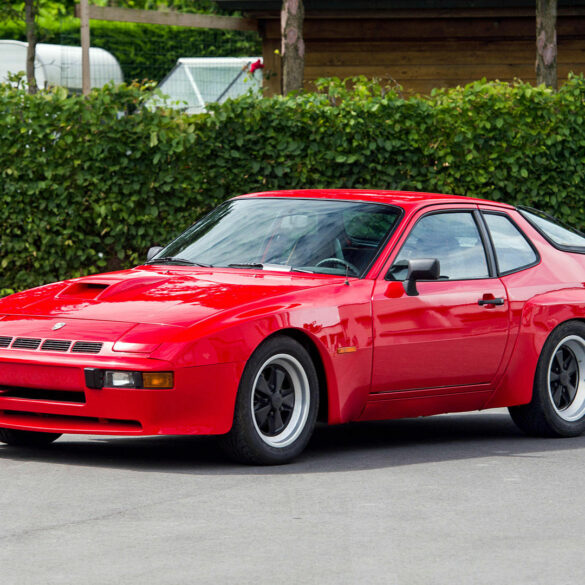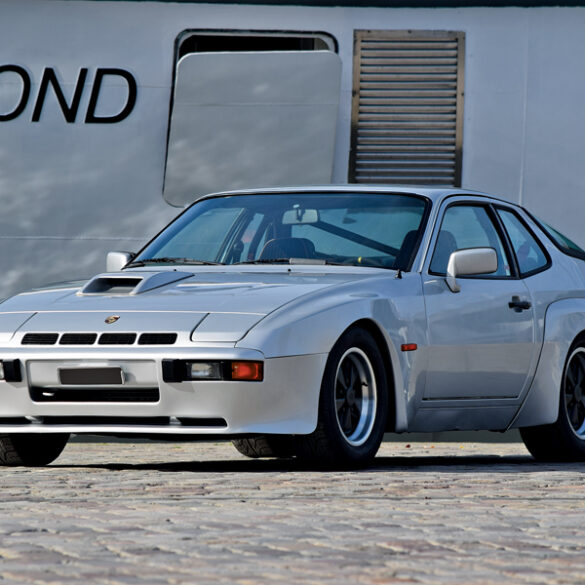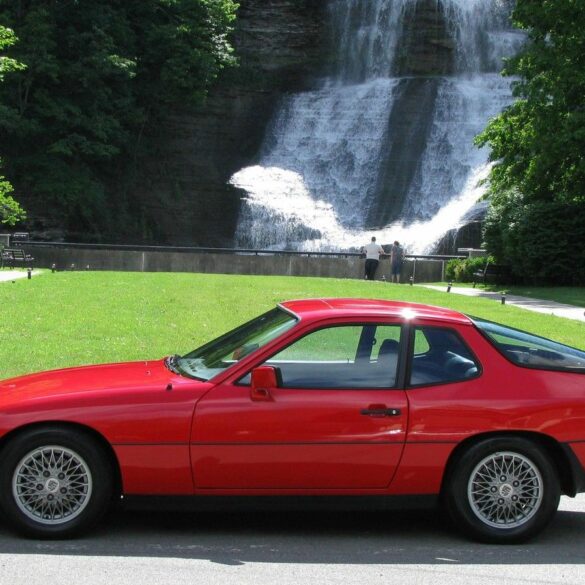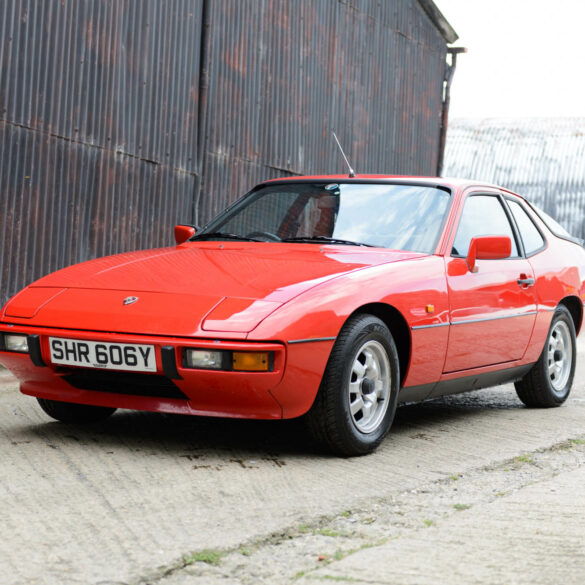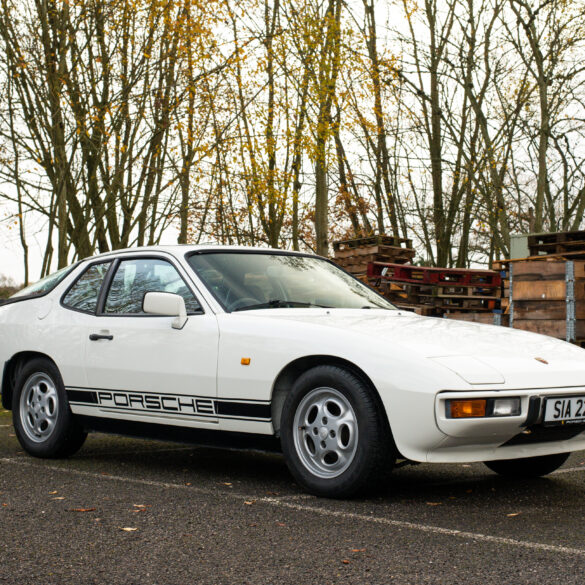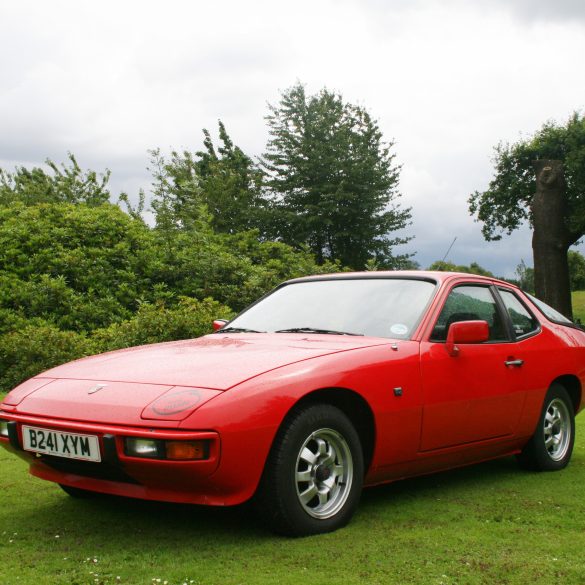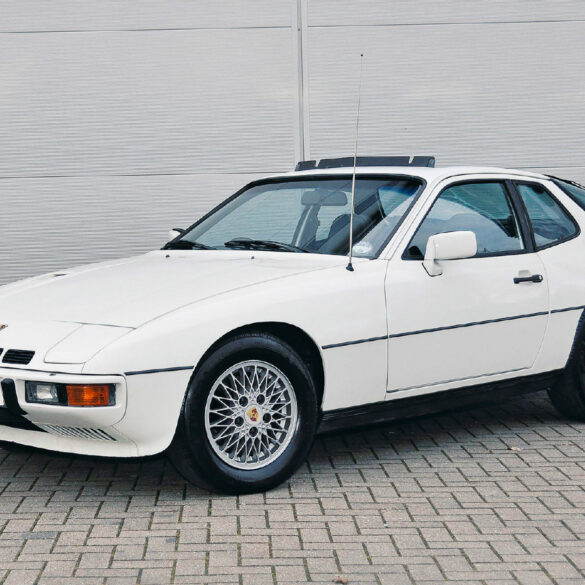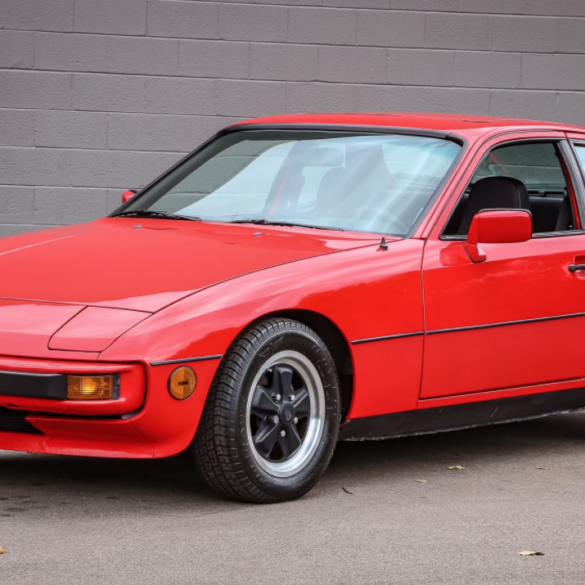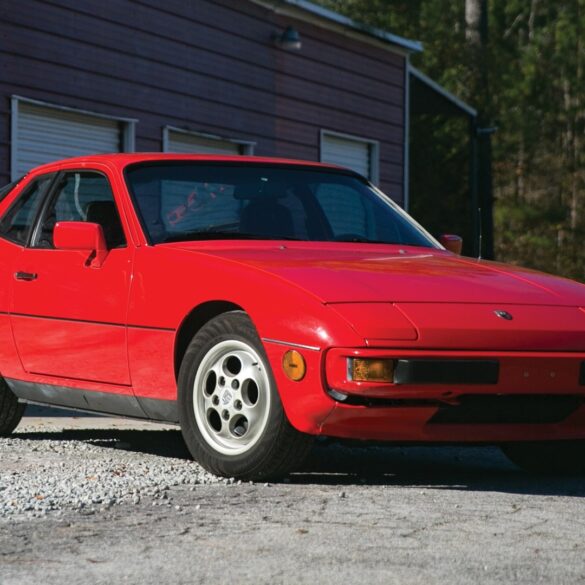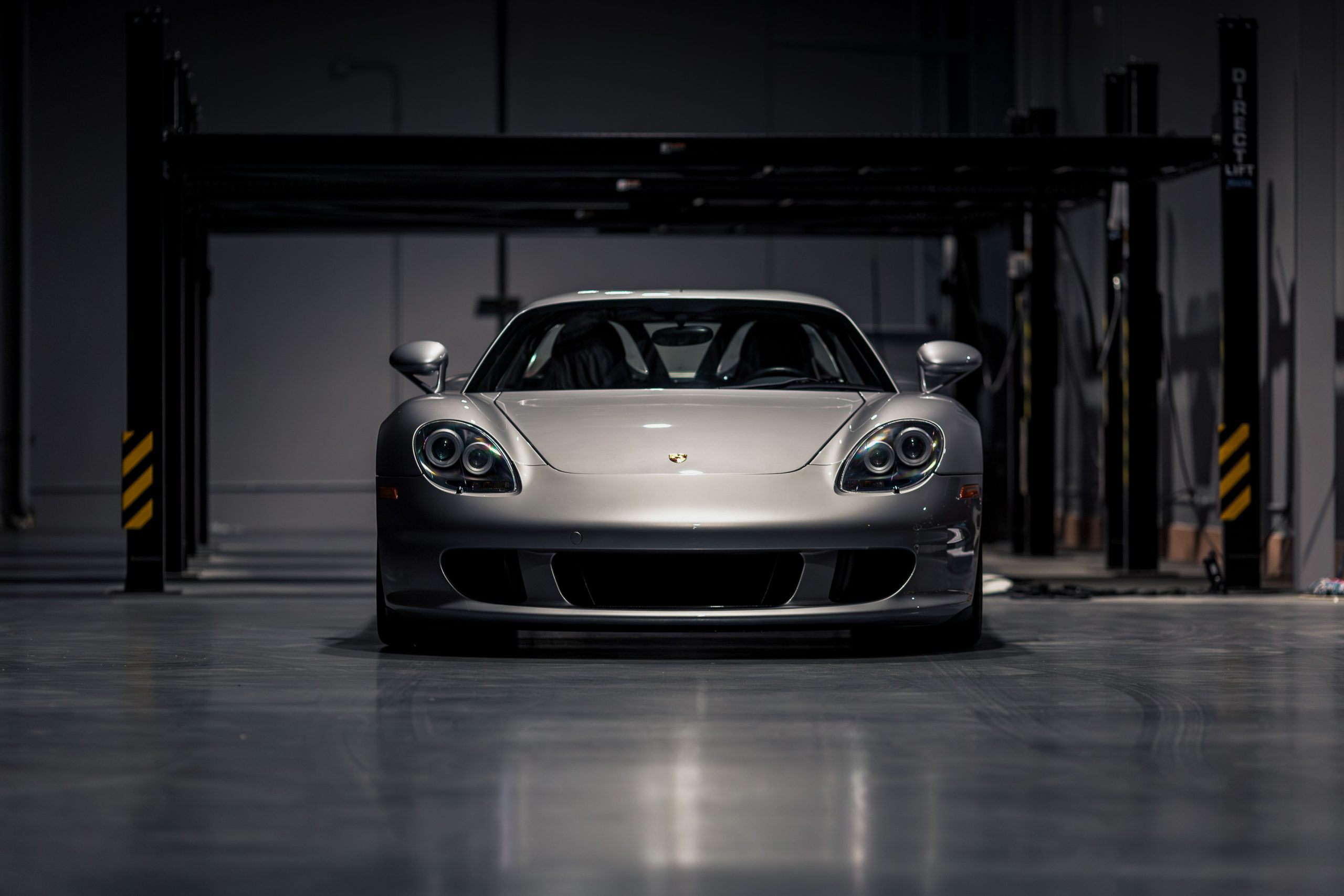Porsche 924 Options & Equipment Codes
Ultimate Guide to Porsche 924 Standard Equipment Build & Options Codes
The Porsche 924, introduced in 1976, marked a new chapter for Porsche as the brand’s first front-engine, water-cooled sports car. While it started as an entry-level Porsche, the 924 offered an extensive range of factory options and equipment packages that significantly impact desirability, collectibility, and driving experience today. From rare exterior colors and interior trims to performance upgrades like the M471 sport suspension and limited-slip differential.
In this guide, we break down factory options and equipment codes for each model year, covering performance enhancements, interior and exterior choices, luxury features, and special edition packages. We’ll also explore how to decode factory build sheets, determine which options add the most value, and answer the most common questions from enthusiasts and buyers.
Porsche 924 Options & Equipment FAQs
All your Porsche 924 car equipment and options codes questions answered.
The Porsche 924 introduced a unique era of front-engine performance for the brand, blending innovative engineering with luxury and practicality. While these models were often overlooked in favor of their rear-engine 911 counterparts, they have gained a strong following, with enthusiasts appreciating their balanced handling, robust performance, and distinctive styling. What makes these cars even more fascinating is the wide array of factory options and equipment codes that Porsche offered, ranging from high-performance packages and rare interior trims to unique exterior colors and advanced technological features. The downside is that there are lots of things to think about when buying a 924, so we've tried to answer some of the most burning questions we have received over the years when it comes to the Porsche 924 and the equipment and options.
How do I know what Porsche 924 options I have?
Every Porsche leaves the factory with a list of standard and optional equipment. Standard equipment is described by build codes and optional equipment by option codes. The codes are three or four character strings of numbers and letters. Back in the old days, all the codes started with an M and they were called as the M-codes. Nowadays they start with an I. Please note that the sticker in the service book or on the body never includes all the codes related to the car. It is a bit of a mystery why some codes are printed there and some are not.
What are the most sought after Porsche 924 options?
The Porsche 924 (1976-1988) had a variety of factory options and special equipment that significantly impact desirability and value among collectors today. Some options were performance-focused, while others enhanced comfort or aesthetics. Below are the most sought-after options for the Porsche 924, including rare factory upgrades and special packages.
1. M471 Sport Suspension Package
Why It’s Sought-After: Included stiffer shocks, front and rear sway bars, and performance springs, improving handling. Rarely found on base 924 models but available on the 924 Turbo and Carrera GT. Essential for track use and aggressive driving.
Key Features: Performance-tuned suspension. Larger front and rear sway bars. Lower ride height for improved handling.
2. M220 Limited-Slip Differential (LSD)
Why It’s Sought-After: Provides better traction and improved cornering performance. Extremely rare on early 924s but an option on later 924 Turbo and Carrera GT models. Adds significant value for collectors and performance enthusiasts.
Key Features: Porsche ZF limited-slip differential. Rare factory option that enhances drivability.
3. M471 Five-Lug Wheel Conversion (924 NA Models Only)
Why It’s Sought-After: Most early 924 models had four-lug wheels, limiting aftermarket options. The M471 package upgraded to a five-lug hub, allowing the use of Fuchs wheels and better brakes. Factory five-lug 924s are more desirable for enthusiasts.
Key Features: Five-lug hub conversion from factory. Stronger brakes than standard models.
4. M404 Pasha Checkered Interior (Rare Special Option)
Why It’s Sought-After: The Pasha checkerboard interior is one of the most distinctive Porsche interiors ever offered. Available in black/white or black/blue patterns, primarily on early 924 models. Very rare today, making it highly collectible.
Key Features: Unique checkerboard pattern fabric seats. Exclusive to select 924 models.
5. M478 Rear Spoiler (Optional on 924 NA & Turbo)
Why It’s Sought-After: This black polyurethane rear spoiler improved aerodynamics and gave the 924 a sportier look. Originally designed for the 924 Turbo, but optional on base models. Period-correct upgrade that adds visual and performance appeal.
Key Features: Factory black rear spoiler for better aerodynamics. Originally for the 924 Turbo (931).
6. M455 Power Windows & Power Mirrors
Why It’s Sought-After: Many early 924s came with manual windows and mirrors, making power options a luxury feature. A rare but desirable upgrade that adds to convenience and value.
Key Features: Factory power windows and power-adjustable side mirrors. Less common in early 924 models.
7. M650 Removable Targa Roof (Factory Option on All 924s)
Why It’s Sought-After: The removable Targa-style roof made the 924 feel more like an open-air sports car. Many 924 buyers today prefer cars with this factory option.
Key Features: Easily removable Targa-style roof. Standard on many 924 models, but highly desirable in good condition.
8. M470 Comfort Package (Includes Full Carpeting & Leather Interior Trim)
Why It’s Sought-After: Many early 924s had basic vinyl interiors, so the M470 package added a more luxurious touch. Featured full carpeting, upgraded leather-trimmed seats, and a better sound system.
Key Features: Premium leather-trimmed seats. Extra carpeting and sound insulation.
9. Special Edition Models with Exclusive Options
1980-1981 Porsche 924 Turbo (931)
Why It’s Sought-After: The first performance-oriented 924, featuring a 2.0L turbocharged engine (170 hp). Came with factory rear spoiler, larger brakes, and upgraded suspension. Turbocharged models are rarer than standard 924s, making them highly desirable.
1981-1982 Porsche 924 Carrera GT (GTP)
Why It’s Sought-After: A homologation special built for Le Mans racing, featuring a widebody kit, intercooler, and 210 hp. Only 406 Carrera GT models were built, making them the most valuable factory 924s.
1987-1988 Porsche 924S
Why It’s Sought-After: The 924S used the Porsche 944’s 2.5L engine, making it significantly faster than previous 924 models. Featured 944-style suspension and brakes, making it the best-handling 924 variant. A great entry-level Porsche classic with strong appreciation potential.
Final Thoughts: The Most Valuable Porsche 924 Options
Best Performance Option: M471 Sport Suspension & M220 LSD.
Most Collectible Interior: Pasha Checkered Seats (M404).
Most Valuable Model: 1981 924 Carrera GT (GTP).
Best Turbo Option: 1980-81 924 Turbo (931) with M471 package
Best Modernized Version: 1987-1988 924S.
What are the most sought after Porsche 924 variants?
The Porsche 924 was produced between 1976 and 1988, evolving from an entry-level sports car into a capable and highly respected performance machine. Among the various 924 models and special editions, some variants are particularly sought-after due to their rarity, performance, and historical significance. Here are the most desirable Porsche 924 variants, ranked by collector appeal and investment potential.
1. 1981 Porsche 924 Carrera GT (GTP Homologation Special)
Why It’s Sought-After: The ultimate factory-built performance variant of the 924, developed for Group 4 racing homologation. Features a 2.0L turbocharged and intercooled engine producing 210 hp—a major step up from the standard 924 Turbo. Equipped with widebody fender flares, upgraded brakes, sport suspension, and a lightweight chassis. Only 406 units produced, making it the rarest and most collectible 924 variant. Pricing wise, these cars often exceeds $75,000+, with some pristine examples reaching six figures.
Key Features: Turbocharged 2.0L engine (210 hp) with an intercooler. Widebody kit with flared fenders. Upgraded brakes, suspension, and cooling system. Lightweight racing-spec chassis.
2. 1980-1982 Porsche 924 Turbo (931)
Why It’s Sought-After: The first true high-performance version of the 924, featuring a turbocharged 2.0L engine producing 170 hp. Faster, better handling, and more refined than the base 924. Factory options like the M471 sport suspension and limited-slip differential (LSD) make certain examples more desirable. Clean examples are selling for $25,000+, with well-preserved models exceeding $40,000.
Key Features: Turbocharged 2.0L engine (170 hp). Upgraded brakes, cooling system, and suspension. Standard rear spoiler for better aerodynamics.
3. 1987-1988 Porsche 924S
Why It’s Sought-After: The best-performing naturally aspirated 924, using the Porsche 944’s 2.5L engine (150 hp). Faster and more refined than previous 924s, with 944-spec suspension, brakes, and drivetrain. The final evolution of the 924 before production ended. Increasing in price, the current values are in the $12,000-$25,000+ for clean examples.
Key Features: Porsche 944’s 2.5L engine (150 hp). 944-derived suspension and brakes for improved handling. Best power-to-weight ratio of any NA 924.
4. 1981 Porsche 924 Carrera GTS (Ultra-Rare Evolution of the Carrera GT)
Why It’s Sought-After: A more powerful and race-focused version of the Carrera GT, built for Group 4 and Group B racing homologation. The 2.0L turbocharged engine was upgraded to 245 hp, making it the fastest road-legal 924. Only 59 examples were built, making it one of the rarest Porsche road cars. Extremely rare, these cars often selling for $250,000+.
Key Features: Turbocharged 2.0L engine (245 hp) with an intercooler. Extensive lightweight modifications, including fiberglass hood and Plexiglass windows. Upgraded racing brakes and suspension.
5. 1976-1980 Porsche 924 Martini & Sebring Limited Editions
Why It’s Sought-After: Special commemorative editions celebrating Porsche’s motorsport victories. Unique Martini Racing or Sebring color schemes and special badging. Highly collectible due to their low production numbers and racing heritage. Prices vary, but well-preserved examples can fetch $20,000+.
Key Features: Martini Racing stripes and unique interior trim. Special Sebring package with upgraded suspension and appearance enhancements. Limited production run, making them hard to find today.
6. 1988 Porsche 924S Le Mans Edition
Why It’s Sought-After: A final-year special edition with a 10-hp bump (160 hp) over the standard 924S. Unique paint schemes (Black & Yellow or White & Turquoise) and upgraded interior trim. Special M030 sport suspension package, making it the best-handling NA 924. Sells for $20,000-$30,000+, depending on condition.
Key Features: 160 hp from the 944-derived engine. Exclusive Le Mans interior and exterior color combos. Factory M030 sport suspension.
Final Rankings: The Most Sought-After Porsche 924 Variants
Most Valuable: 1981 924 Carrera GTS – Ultra-rare, high-performance evolution of the Carrera GT.
Best Performance Model: 1981 924 Carrera GT – The ultimate factory-built 924 with racing pedigree.
Best Turbo Model: 1980-1982 924 Turbo (931) – Faster and more engaging than standard models.
Best Value for Performance: 1987-1988 924S – 944-powered with better handling.
Most Unique Special Edition: 1988 924S Le Mans – Final year model with sport upgrades.
How do I decode a Porsche 924 build sheet?
Decoding a Porsche 924 build sheet (or option sticker) is crucial for verifying a car’s original factory specifications, including its paint color, interior trim, performance features, and special equipment packages. Whether you're an owner, a potential buyer, or a restorer, understanding the codes on a build sheet helps confirm authenticity and determine the car’s value.
Step 1: Locate the Build Sheet or Option Sticker
The Porsche 924 build sheet or option code sticker can usually be found in one of the following locations: 📌 Inside the rear hatch area – Often under the carpet, near the spare tire well. Inside the owner’s manual – Many cars had an option sticker inside the maintenance booklet. On the door jamb or fuse box cover – Some later models had option stickers here.
If the original sticker is missing, you can request a Porsche Certificate of Authenticity (COA) or Porsche Production Specifications (PPS) from Porsche to confirm factory options.
Step 2: Identify Key Sections on the Build Sheet
A Porsche 924 build sheet contains several key elements:
VIN (Vehicle Identification Number) – Identifies the production year and build sequence.
Paint Code – The factory exterior color (e.g., L908 Grand Prix White).
Interior Code – Specifies the interior trim and materials (e.g., LT Brown Leatherette).
Option Codes – A series of M-codes indicating factory-installed equipment (e.g., M471 for sport suspension, M220 for LSD).
Step 3: Decode the Option Codes
Below are some of the most important and sought-after factory options for the Porsche 924:
Performance & Handling Options
M471 – Sport Suspension Package (stiffer shocks, front and rear sway bars, and firmer springs).
M220 – Limited-Slip Differential (LSD) (improves traction and handling).
M471 (5-Lug Conversion) – Upgraded five-lug hubs, brakes, and Fuchs wheels (rare on base 924 models).
M474 – Koni Sport Shock Absorbers (improves ride quality and handling).
M478 – Rear Spoiler (factory-installed for improved aerodynamics, standard on 924 Turbo).
Brakes & Transmission Options
M186 – Battery Cut-Off Switch (for race and security purposes).
M197 – Stronger Alternator (common on Turbo and Carrera GT models).
M395 – 16-inch Light Alloy Wheels (optional on later 924 models).
Luxury & Comfort Features
M139 – Heated Driver’s Seat.
M340 – Heated Passenger Seat.
M650 – Electric Sunroof (popular option on all 924 models).
M454 – Cruise Control.
M533 – Anti-Theft Alarm System.
Special Editions & Rare Features
M404 – Pasha Checkered Interior (Black/White or Black/Blue) (very rare).
M471 (Carrera GT Widebody Package) – Found on 924 Carrera GT, included wide fenders, intercooler, and power upgrades.
M491 – Turbo Look (Widebody) Package.
M470 – Comfort Package (upgraded interior and sound insulation).
M711 – Special Steering Wheel (Non-Standard Color).
M980 – Full Leather Interior (dash, doors, and seats in full leather trim).
Step 4: Verify Your Porsche 924’s Authenticity
To ensure that your build sheet matches your car, follow these steps: Compare option codes with what’s physically installed on the car (e.g., check if LSD or sport seats are present). You should check the paint code under the hood or on the door jamb. Match the VIN with factory production records and that definitely helps. Finally, you can request a Porsche COA (Certificate of Authenticity) from Porsche to confirm factory specifications.


